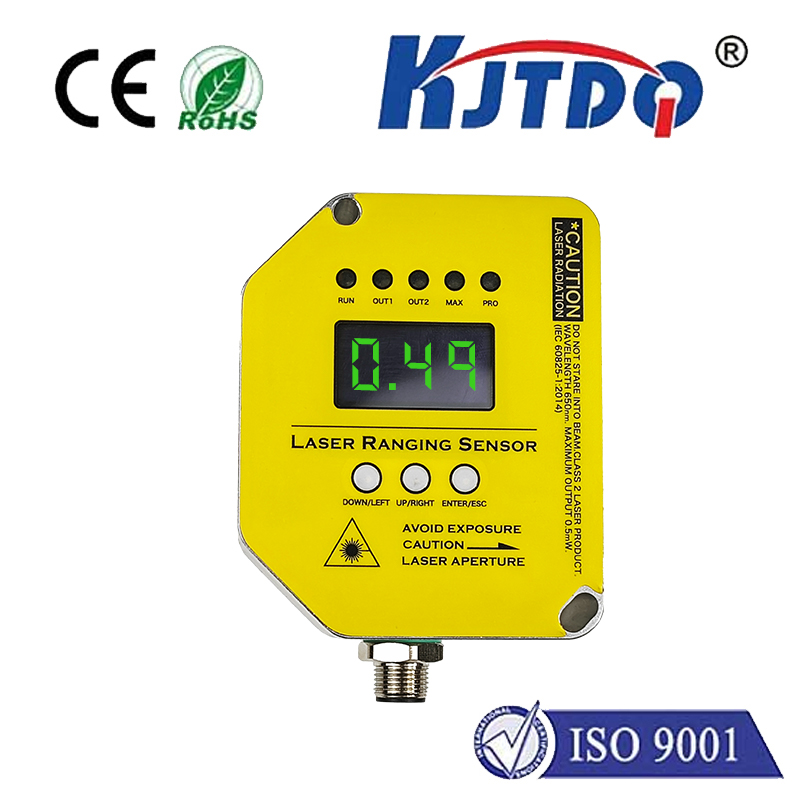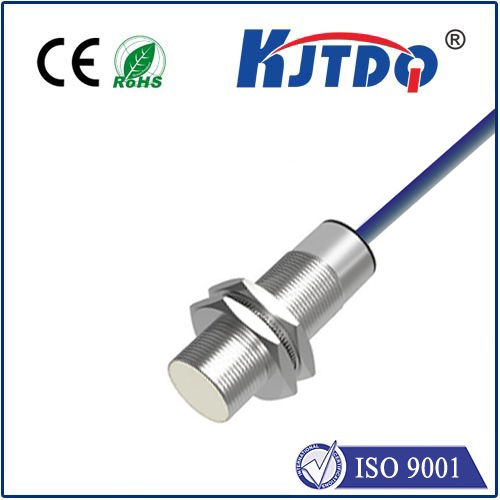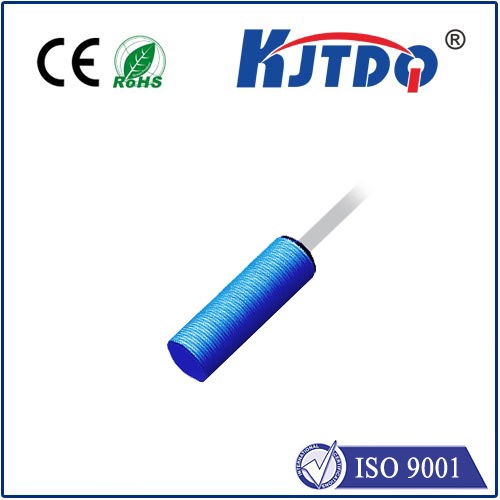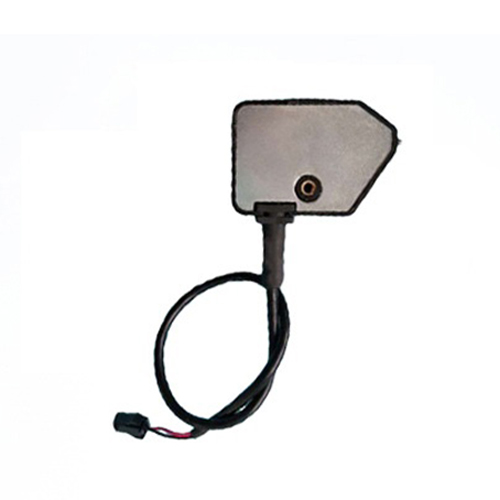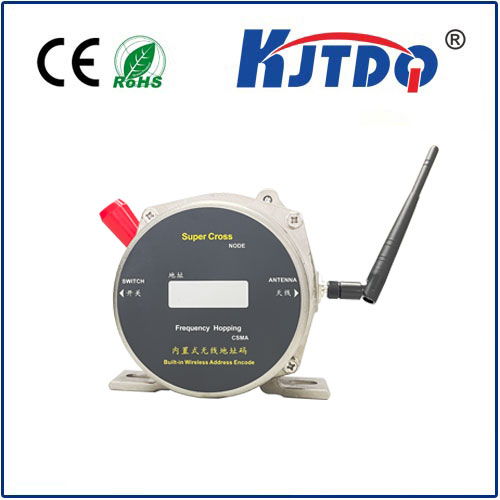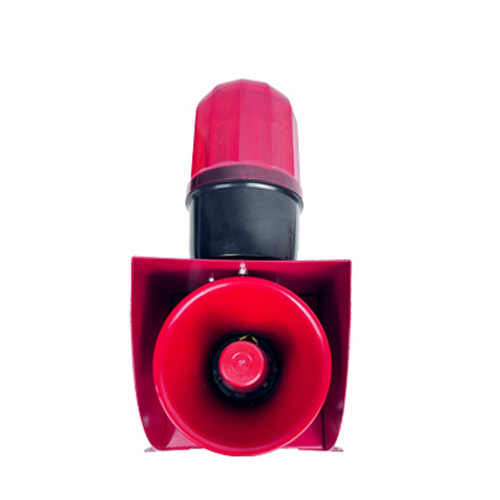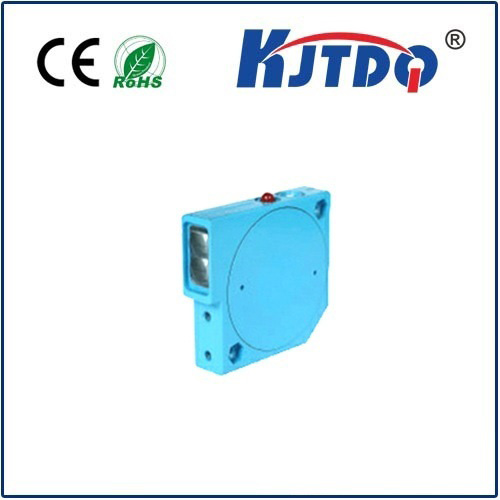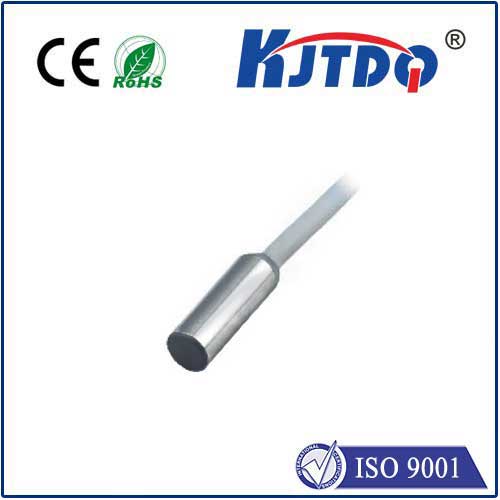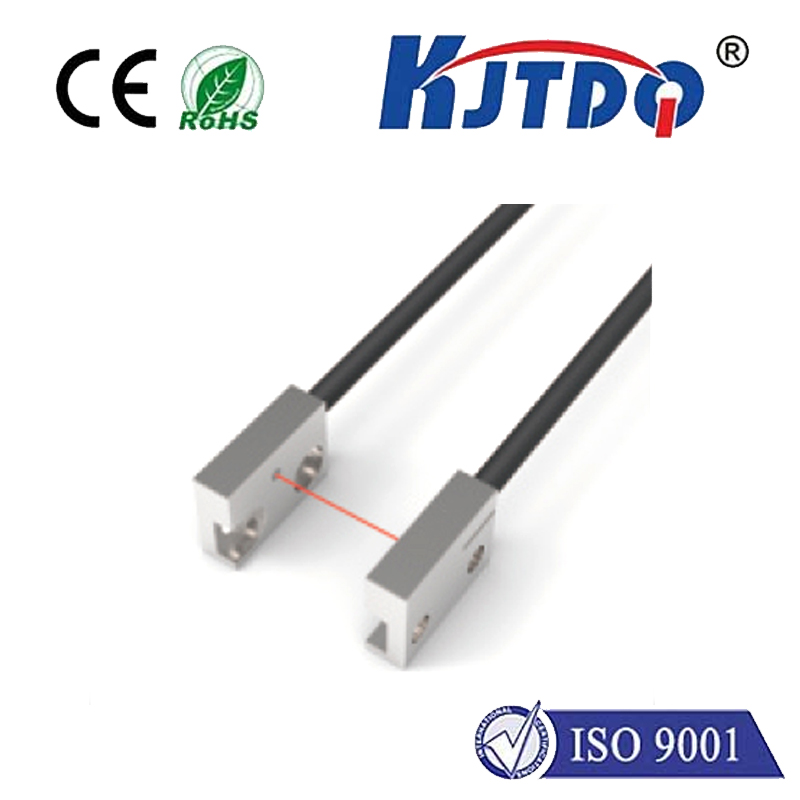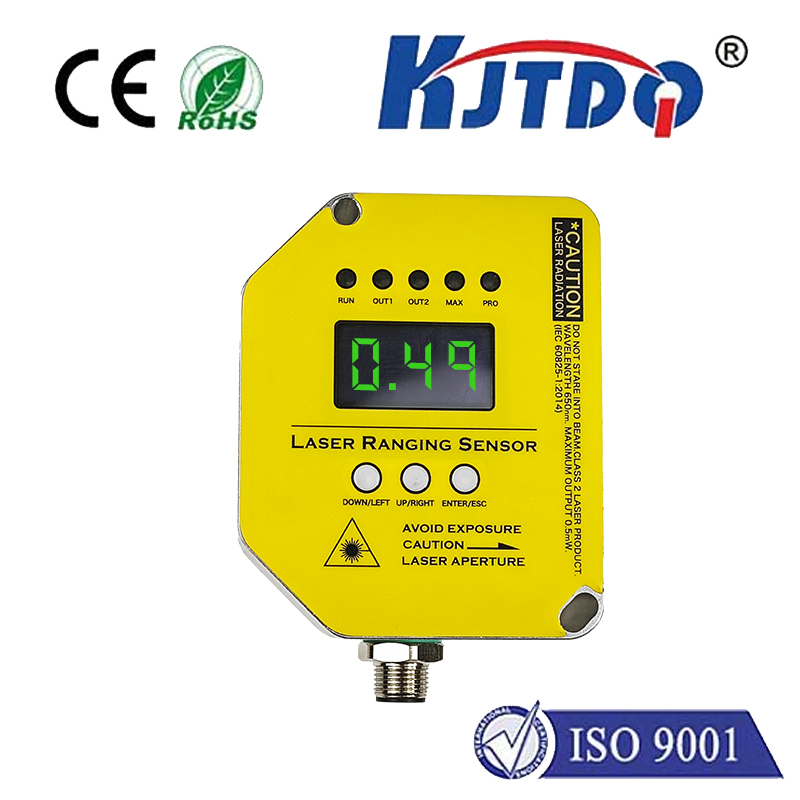pt1000 sensor
- time:2025-08-21 01:59:19
- Нажмите:0
PT1000 Sensors: Your Guide to High-Precision Temperature Measurement
Imagine a pharmaceutical lab where a fraction of a degree determines drug efficacy, or an aerospace facility where material performance hinges on exact thermal conditions. In these critical and countless other industrial, medical, and research applications, reliable and highly accurate temperature sensing isn’t just helpful—it’s essential. Enter the PT1000 sensor, a workhorse of precision temperature measurement renowned for its stability, accuracy, and versatility within specific ranges. This article dives deep into the world of PT1000 sensors, explaining how they work, where they excel, and why they might be the perfect solution for your demanding temperature monitoring needs.
Understanding the Core: What is a PT1000 Sensor?
At its heart, the PT1000 sensor is a specific type of Resistance Temperature Detector (RTD). RTDs operate on a fundamental principle: the electrical resistance of certain pure metals changes predictably and repeatably in response to temperature fluctuations. The “PT” designation points to Platinum, the noble metal of choice for most high-performance RTDs due to its exceptional chemical stability, repeatability, and linear resistance-temperature relationship over a wide range.
The number “1000” is key: it signifies that the sensor has an electrical resistance of 1000 Ohms (Ω) at exactly 0°C (32°F). This is the critical distinction from the more common PT100 sensor, which has a 100Ω resistance at 0°C. This higher base resistance has significant implications for the sensor’s performance and application suitability.
The Science Behind the Measurement: From Resistance to Temperature

The operation of a PT1000 sensor relies directly on Ohm’s Law (V = I * R) and the known relationship between Platinum’s resistance and temperature. As the sensor’s temperature increases, the platinum wire element’s resistance increases in a highly predictable manner. Conversely, as temperature decreases, resistance decreases.
This relationship is defined by international standards (IEC 60751, ASTM E1137). For PT sensors, the temperature coefficient, often denoted as alpha (α), describes how much the resistance changes per degree Celsius. For Platinum RTDs conforming to the standard, α is approximately 0.00385 Ω/Ω/°C. This means for every degree Celsius change, the resistance changes by 0.385% of its value at 0°C.
- Example: A PT1000 sensor at 0°C = 1000Ω.
- At 1°C, Resistance ≈ 1000Ω + (1000Ω * 0.00385) ≈ 1003.85Ω
- At 100°C, Resistance ≈ 1385.05Ω (using the standard Callendar-Van Dusen equation or a polynomial approximation).
To measure temperature, a constant, known current is passed through the PT1000 element. The voltage drop across the sensor is then measured with high precision. Since current (I) is stable and known, and voltage (V) is measured, resistance (R = V/I) is calculated. This resistance value is then mapped to the corresponding temperature using standardized conversion tables or algorithms implemented within the connected measuring instrument (like a PLC, DCS, or dedicated temperature transmitter).
PT1000 vs. PT100: Understanding the Key Differences and Advantages
While both PT100 and PT1000 sensors use platinum and adhere to the same temperature coefficient standard, the choice between them hinges on specific application requirements:
- Higher Base Resistance (1000Ω vs. 100Ω): This is the defining characteristic. The PT1000’s 1000Ω resistance offers a fundamental advantage: reduced sensitivity to lead wire resistance. Any resistance in the connecting wires between the sensor and the measuring instrument introduces an error. For a PT100, a mere 1Ω of lead resistance translates to an error of roughly 2.5°C. The same 1Ω error for a PT1000 is only 0.25°C. This makes the PT1000 significantly more robust for applications with long cable runs or where using a basic 2-wire connection is desirable for simplicity and cost, without sacrificing excessive accuracy.
- Lower Measurement Current: Achieving the same voltage signal magnitude requires only one-tenth the excitation current compared to a PT100. This offers critical benefits:
- Reduced Self-Heating: Passing current through the sensor inherently heats it slightly above the ambient temperature it’s meant to measure (the I²R effect). Lower current drastically minimizes this self-heating error, crucial for precise measurements, especially in low-mass environments or when measuring very stable temperatures.
- Lower Power Consumption: Ideal for battery-powered devices or systems where minimizing power draw is essential.
- Signal-to-Noise Ratio (SNR): The higher base resistance inherently provides a larger voltage signal per degree of temperature change for a given excitation current compared to a PT100. This results in a better SNR, making PT1000 readings potentially less susceptible to electrical noise interference in electromechanically noisy industrial environments.
Where PT1000 Sensors Shine: Key Applications
The unique advantages of the PT1000 sensor make it the preferred choice in numerous demanding scenarios:
- Medical Equipment & Life Sciences: Temperature stability is paramount in incubators, sterilizers, analytical instruments (like HPLC, GC), and cold storage for pharmaceuticals/vaccines. PT1000s offer high accuracy and minimal self-heating is critical.
- HVAC and Building Management Systems (BMS): Monitoring ambient air temperature, duct temperatures, or surface temps in climate control systems where long cable runs are common, and 2-wire connections simplify installation. The high resistance minimizes lead wire errors.
- Energy Management & Environmental Monitoring: Precise temperature logging in greenhouses, weather stations, and renewable energy installations often benefits from the PT1000’s stability and suitability for remote/low-power sensing.
- Food & Beverage Processing: Ensuring precise temperatures during pasteurization, fermentation, freezing, and storage for safety and quality control.
- Automotive Testing: Measuring component temperatures during development and validation, where accuracy and stability are required. Low-power consumption suits portable data loggers.
- Промышленная автоматизация: Any application demanding high accuracy with longer cable runs or where minimizing self-heating is crucial.
- Battery-Powered Devices: PT1000s are ideal for portable data loggers, handheld meters, and remote wireless sensors due to their low current requirements.
Choosing and Using PT1000 Sensors Effectively
To maximize the benefits of a PT1000 sensor, consider these factors:
- Construction & Packaging: Sensors come in various forms: thin-film elements on ceramic substrates (common, cost-effective), wire-wound elements in glass or ceramic (high stability/accuracy), or probes sheathed in stainless steel for durability and insertion into processes. Choose based on required accuracy, response time, vibration resistance, and chemical compatibility.
- Connection Configurations:
- 2-Wire: Simplest and cheapest. Accuracy is heavily impacted by lead wire resistance – generally only suitable for PT1000s if the lead resistance is very low and stable, or for less critical applications.
- 3-Wire: The most common industrial configuration. Compensates for lead wire resistance in one leg of the bridge circuit, significantly improving accuracy over 2-wire. Suitable for most average distances.
- 4-Wire (Kelvin Connection): Provides the highest accuracy by completely eliminating the effect of lead wire resistance. Requires more wiring but is essential for laboratory-grade measurements or extremely long cable runs with PT100s. With PT1000s, 3-wire is often sufficient even for fairly long runs.
- Measurement Instruments: Ensure your transmitter, PLC input card, or data logger is specifically configured for **RTD input type (PT

